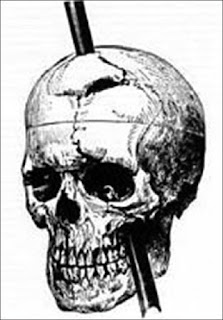Paint Your Asteroid
I'm fond of disaster movies, so I've been watching the updates on NASA's DART mission to smash a spacecraft into an asteroid. NASA and other space organisations regularly monitor the skies for asteroids which could be on a collision course with Earth. Asteroids travel at incredible speeds, so even a relatively small one could cause significant damage if it hits a populated area.
There is a great deal of evidence that asteroids have hit Earth in the past.
There are many large craters which provide evidence of collisions. Some of these are difficult to spot because erosion and vegetation hide them.
Visitors to the area found thousands of flattened trees. The city would have been destroyed if this object had exploded over London.
An object this size doesn’t hit the Earth often, but that doesn’t mean we should be complacent. NASA has been looking at ways to deflect any visitors that look like they could be threatening.
The DART spacecraft has been launched to investigate if hitting an asteroid deflects it. This might sound impossible, but experts think we will only need to move an asteroid by a small amount to stop it from hitting Earth.
How else could we give an asteroid a nudge? One idea is to use some GCSE physics to move them.
You may have completed a practical using a Leslie Cube.
This is a metal cube with different paint on its faces. You fill the cube with hot water and record the temperature of each surface. Dark, matte surfaces emit heat quicker than white, shiny ones. If you investigate how quickly surfaces heat up, you will find that dark, flat surfaces absorb heat more quickly.
We apply these results in everyday life. Houses in hot countries are often painted white to keep them cool. Car radiators are painted black to lose heat faster.
What have these facts got to do with asteroids? One idea to move an asteroid is to spray paint one side black. This surface will absorb heat from the sun. This should cause the asteroid to move in its orbit, hopefully enough to stop us from going the way of the dinosaurs.












Comments
Post a Comment